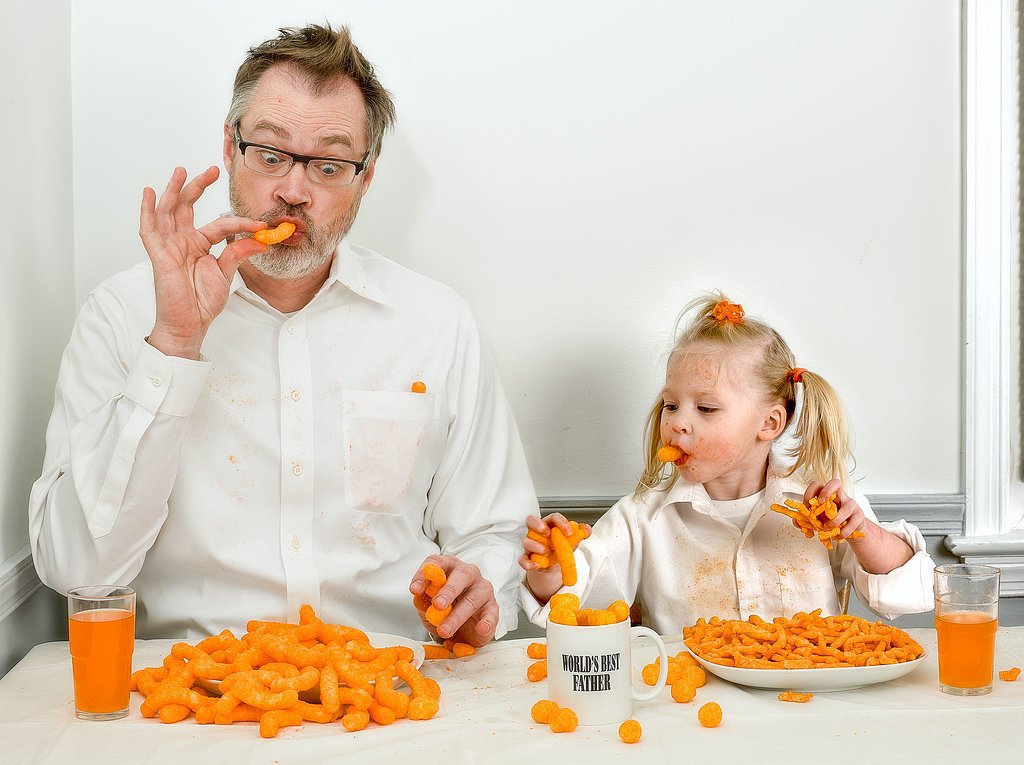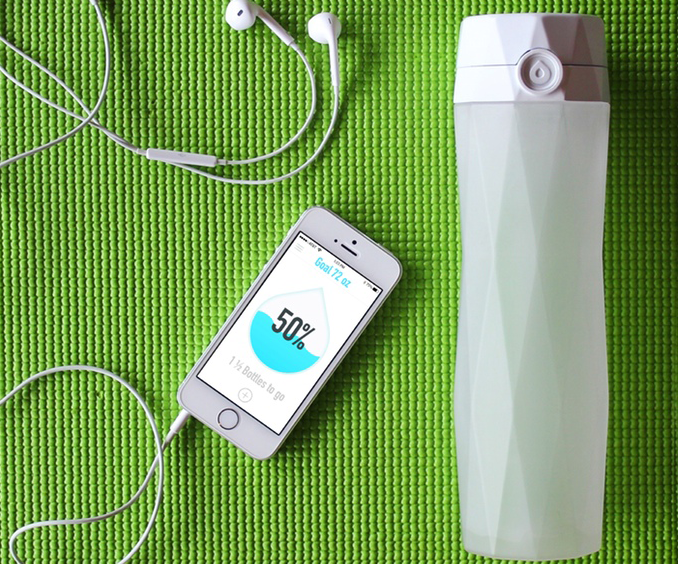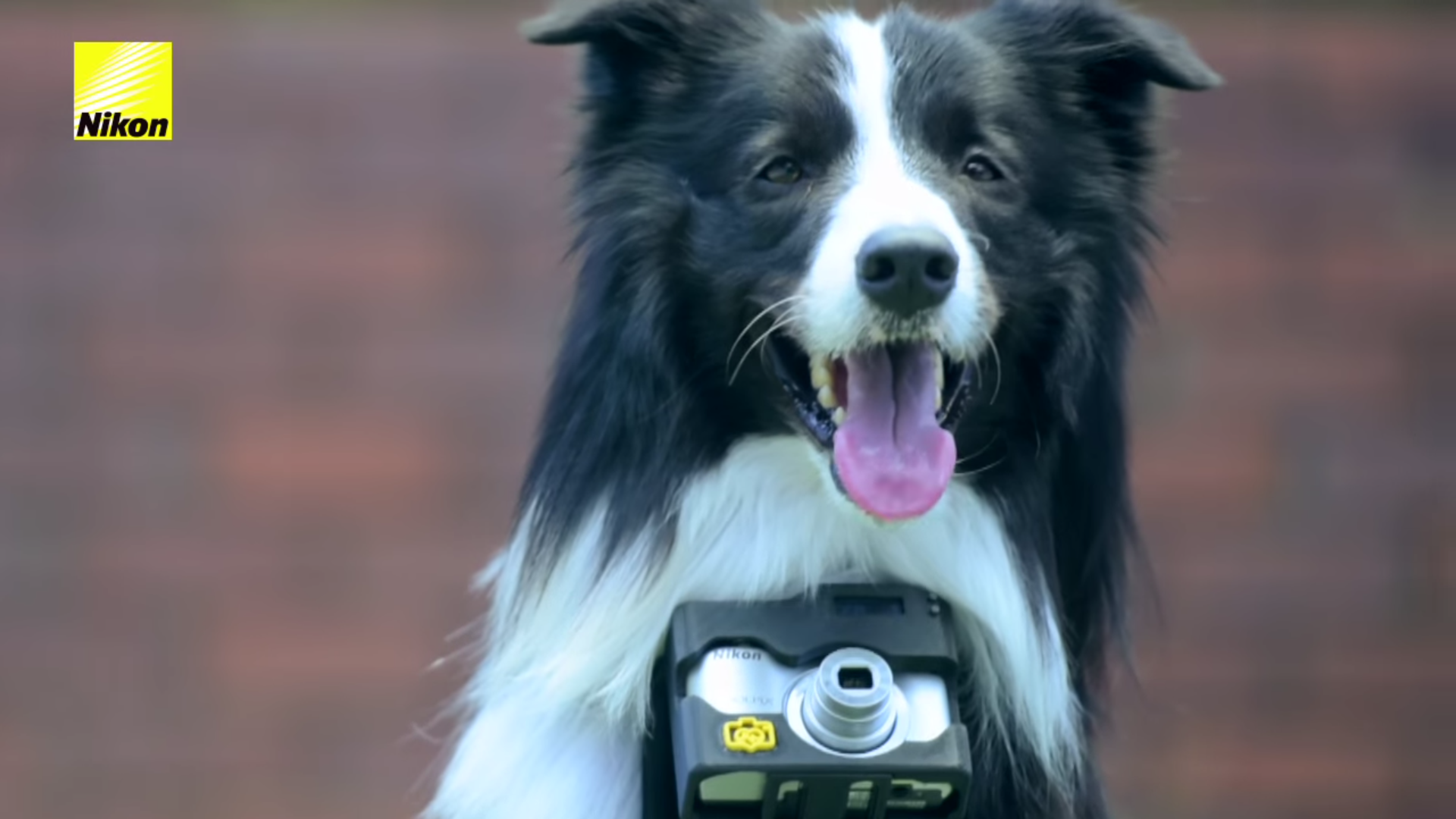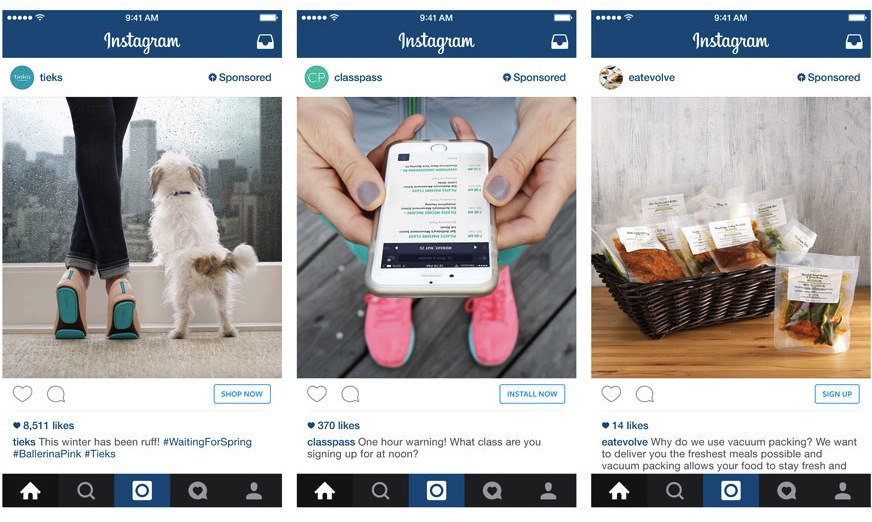Just in time for Father’s Day, Y&R has released a new study outlining the shopping habits and behaviors of North American dads. Cleverly titled “Who’s Your Daddy?” the study also shows how millennial dads are “redefining fatherhood.” Here are five of the most impactful takeaways from the study.
- Dads will pay more for convenience. Knowing that they can get all of their shopping done in one place is important to dads, and they’re willing to pay a price for the time savings. Compared with 32% of moms, 49% of dads are willing to pay more for “one-stop” shopping.
- Being first is important. Just like their hunter-gatherer ancestors, dads are always on the the lookout. Except, instead of looking for wild beasts, dads are looking for the newest and coolest products. 59% of dads said that they want to be the first of their friends and family to try new products.
- Loyalty is king. Loyalty is the top value for both dads and men in general, and it shows in their interactions with brands. 48% of dads consider themselves “loyal to brand-name products,” as compared with 35% of moms.
- Millennials are changing the game. As millennial parents adopt the idea of co-parenting, and distribution of responsibilities gets closer to even, brands should consider the impact of shifting habits. For instance, 80% of millennial dads take primary or shared responsibility for grocery shopping, as opposed to 45% of dads in general.
- Put the coupons down. Dads aren’t particularly interested in saving money on purchases they’re already going to make, even compared with men who are not dads. In fact, only 43% of dads are proud when they “get great value for [their] money,” as compared with 70% of moms. 59% of dads even think using coupons or flyers at checkout makes them look cheap.
Read the full study here.
What Sparks Our Fire: Great insights into the maturing Millennial market






